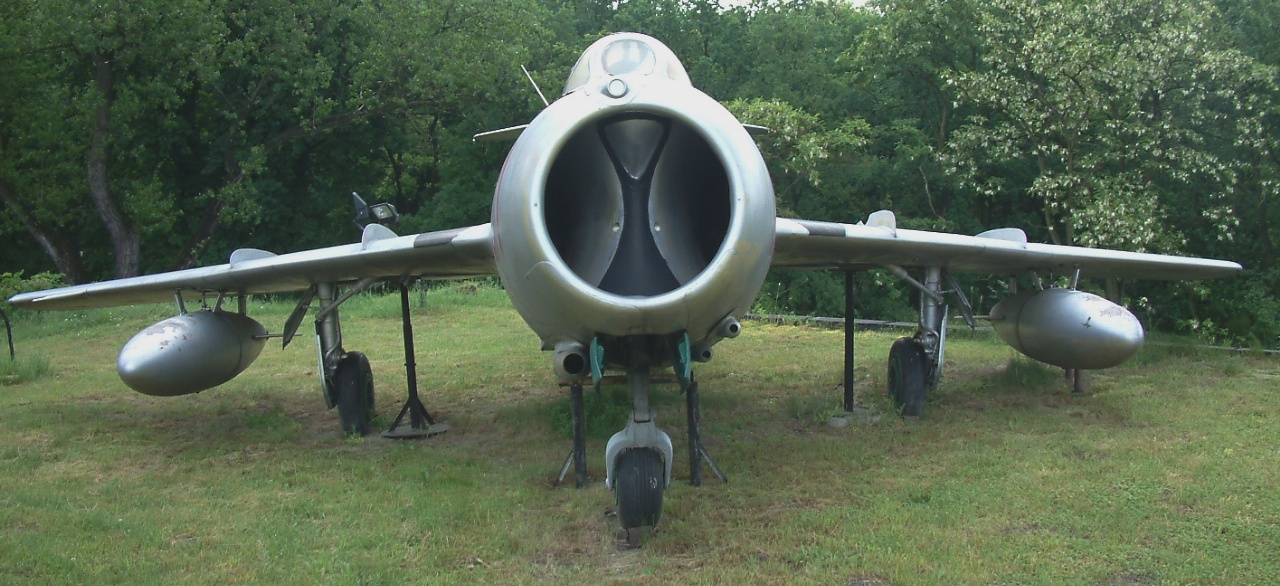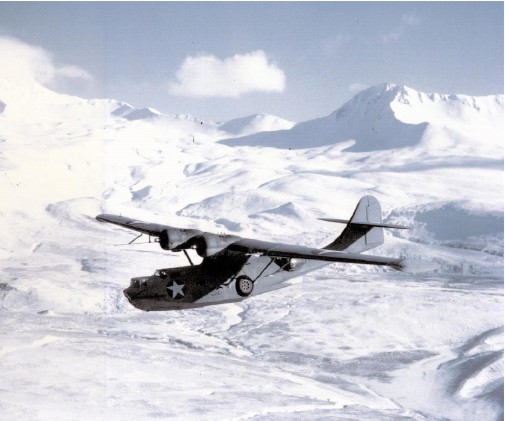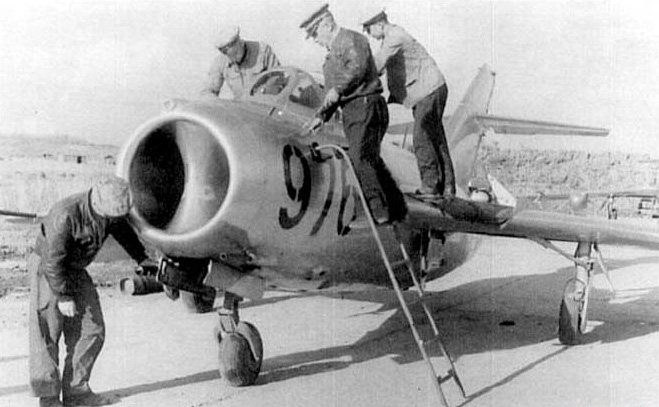Swedish Affair.
Are you sure that neutral countries have never been involved in military clashes?
In the years following the end of WW2, despite the long-standing neutrality, Sweden began to undertake reconnaissance activity along the Baltic Sea, in order to minimize the possible threat posed by the Russians.
The early sorties began in the autumn of 1945 and were flown primarily by SAAB B18B, a local version of the well known Junkers Ju-86.
Reconnaissance planes usually took off during the night so that they could focus on their targets at dawn. Once they reached the Baltic coast, the planes would climb to 200-300 meters to take photos of any vessels they encountered and frequently they had “face to face” encounters with Soviet fighters.
In 1946, it was reported about some rockets flying through Swedish airspace, so it was promptly decided to set-up a reconnaissance mission towards the Penemunde peninsula where it was suspected that Soviet rockets research centre was based.
This mission was assigned to a SAAB B17 single engine dive bomber converted into a recce aircraft when on August 1946 it made the first attempt to make aerial photos of the facility but on its way to the target it had to turn back after being intercepted by a bunch of Soviet fighters.
After several other unsuccessful missions, it was therefore decided to devolve upon a higher performance aircraft so to chose a single Swedish P-51D equipped with a high number of reconnaissance cameras borrowed by the US.
These last missions were operated by the Mustang were known as “Operation Falun” and began on July 1948, and results were given and shared with the US Government.
During the following years the sorties did not stop and Swedish Air Force dedicated specific aircrafts to carry on several important and high-risk missions.
Between 1948 and 1949 around 15 reconnaissance missions were flown along the Soviet Baltic coast but avoiding major centers.
Unfortunately, not all the sorties had a happy end.
It was June 13th, 1952 when a Swedish military DC-3 carrying out a radio surveillance flight over the Baltic Sea disappeared East of the Isle of Gotland.
Three days later, a couple of PBY Catalina were sent to search the lost DC-3 when they got intercepted by Soviet Mig-15s and one of them was shot down. The seven crew members managed to ditch near the West German freighter “Munsterland” and were rescued immediately.
But how did these events really happen?
Once again what we are going to explain is only the description reported by both opponents, since it is really difficult to piece together the truth after many years, especially when you get involved in matters often hidden by military secret.
It seems that, due to bad weather, the Catalina accidentally entered the Soviet airspace through the Estonian island of Dago, when it was intercepted by a couple of fast Mig-15s jets; it was pushed west under continued firing and was finally forced to land.
The transmission reported by the Catalina crew is clear and give no doubts of what happened that day on the sky:
-“…Feigned attack by two Mig planes…” and two minutes later:
“We are being fired upon with tracers, 20mm…it’s hitting to the right”.
Six minutes later the Swedish Air Command received such a message: “I have been fired upon and hit several times!”
In the post-fact analysis of the events, the crew members reported that before being forced to make the emergency splashdown, the Soviet planes made several attacks as by following details:
– under the first two attacks, the Catalina plane took no hits;
– under the third attack, the fuselage and the left wing were hit;
– the fourth attack came straight from behind and damaged heavily the elevator;
– the fifth and the sixth attacks damaged the left engine and by hitting the cockpit they wounded the pilot and the navigator.
The crew managed to perform a successful ditching and while the life boats were being lowered into the water, the couple of Mig made another attack, but did not fire again.

After ten minutes the damaged plane sunk into the deep waters, as the crew members were going to be picked up by the German ship “Munsterland”.
The reaction by the Soviets was similar to those related to the previous incidents involving their own Air Force: the foreign plane – this time a Swedish aircraft – had violated Soviet airspace and after being intercepted 40 kilometers inside the territorial waters it was fired upon by the Mig-15s, compelling the Soviet pilots to fire back and shot down the threat.
On the other side, the Swedish Government denied this statement and claimed the Catalina was unarmed and was flying around 15 miles off the Soviet Baltic coastline.
The Stockholm Government also pointed out how the rules of interception were substantially different between the involved countries, giving the public opinion the common impression how Soviet rules were out of the common wisdom and practice:
“…In fact, there are fundamental differences. While the orders of the Swedish Air Force are to turn off foreign aircraft by means of a warning, the Soviet Air Force has, according to its orders, to try to force the foreign aircraft to land. While the instructions of the Swedish Air Force mean that the foreign aircraft is not fired upon if it changes its course and flies away, the Soviet instructions seem to imply that the foreign aircraft is fired upon if it flies away instead of landing”.
But the international right for all the nations’ aircrafts to fly over the high sea was once more admitted by the involved Governments.
On a Soviet diplomatic reply of July 1952 to a Swedish note it was stated that:
“The Ministry of Foreign Affaire of the URSS does not deem it necessary to begin discussing the Swedish Government’s statement that Swedish military planes have full freedom to fly over the open sea and will, in future as hitherto, make use of this right, since the USSR…has never disputed this.”
Even this time the main diplomatic dispute lays upon the exact location of the intercepted plane at the time of the incident. No one called into question the widespread principle of freedom above the high sea; indeed, this statement will be strengthened later in 1960, when a US RB-47 will be shot down by Soviet warplanes.
This incident brought the matter before none of the members of the UN Security Council – included US and USSR – tried to justify the shooting down of a plane flying over the high sea, even if close to the territorial waters and engaged in reconnaissance activities or espionage.
A few months later the Catalina incident, the Soviets were involved into another similar incident, when an American B-29 was shot down by fighters in the North eastern part of Japan, into a sector that embraces the islands of Habomai, Yuri and Akiyuri, making the reconstruction of the facts more difficult than usual, since it was a long time that USSR was claiming its territorial sovereignty above Akiyuri.
© David Cenciotti & Simone Bovi










